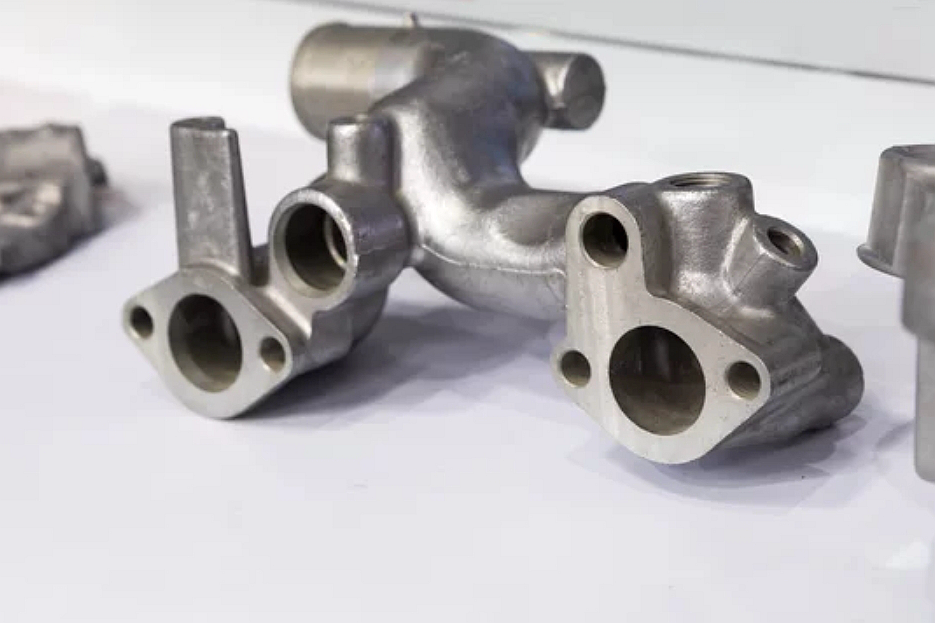Stainless steel casting stands as a beacon of strength, precision, and reliability in the vast ocean of industrial manufacturing processes. As you dive into the world of metalworking, understanding the nuances of this method can elevate your projects, ensuring they stand the test of time while meeting the highest standards of quality. This guide is designed to walk you through the intricacies of stainless steel casting, ensuring you’re well-equipped to harness its benefits for your manufacturing needs.
Introduction to stainless steel casting
Stainless steel casting, also known as investment casting, is a process that involves pouring molten stainless steel into a mold to create components with complex shapes, unparalleled durability, and exceptional finish quality. Unlike other metals, stainless steel is prized for its resistance to corrosion, oxidation, and high temperatures, making it an ideal choice for applications across a wide range of industries, including automotive, aerospace, medical, and construction.
The stainless steel casting process: A step-by-step guide
Embarking on the stainless steel casting journey requires a thorough understanding of its process. Here’s how it unfolds:
- Designing the mold
The journey begins with creating a precise wax model of the component to be cast. This model is the cornerstone of the process, ensuring that the final product meets the exact specifications and tolerances required.
- Creating the shell
Once the wax model is ready, it’s dipped into a ceramic slurry, coated with sand or another refractory material, and then allowed to harden. This step is repeated multiple times to build a robust ceramic shell around the wax model.
- Wax removal
The ceramic shell is then heated, melting away the wax and leaving behind a hollow cavity in the shape of the final component. This step is critical, as it sets the stage for the molten stainless steel to be poured.
- Pouring the metal
Molten stainless steel is carefully poured into the hollow ceramic shell. Precision is key here, as the metal must fill every nook and cranny of the mold to capture the intricate details of the design.
- Cooling and shell removal
After the metal has solidified, the ceramic shell is broken away, revealing the cast stainless steel component. What emerges is a near-net-shape part that requires minimal finishing.
- Finishing touches
The final step involves cutting off the gating system (the channels through which the molten metal was poured) and performing any necessary surface finishing, such as grinding or polishing, to meet the desired aesthetic and functional standards.
Advantages of stainless steel casting
Choosing stainless steel casting for your manufacturing projects offers a plethora of benefits:
- Precision and complexity: It allows for the creation of components with complex geometries and tight tolerances that would be difficult or impossible to achieve through other manufacturing processes.
- Material properties: Stainless steel’s inherent resistance to corrosion, heat, and wear makes cast components ideal for harsh environments.
- Cost-effectiveness: For medium to high volume production, the process becomes increasingly cost-effective, offering a high-quality solution without the need for expensive machining.
Applications of stainless steel casting
The versatility of stainless steel casting makes it suitable for a wide array of applications:
- Automotive: Engine components, gearbox parts, and exhaust systems benefit from the durability and heat resistance of cast stainless steel.
- Aerospace: Critical flight components, including landing gear and engine parts, rely on the strength and precision of stainless steel casting.
- Medical: Surgical instruments and implantable devices utilize stainless steel for its cleanliness and biocompatibility.
Embracing the future with stainless steel casting
As you embark on your next project, consider the myriad ways in which stainless steel casting can enhance the durability, precision, and quality of your components. This time-tested process not only meets the rigorous demands of modern manufacturing but also opens up new avenues for innovation and design. Embrace the power of stainless steel casting and watch as your projects transform from mere concepts into tangible, high-performance realities.



